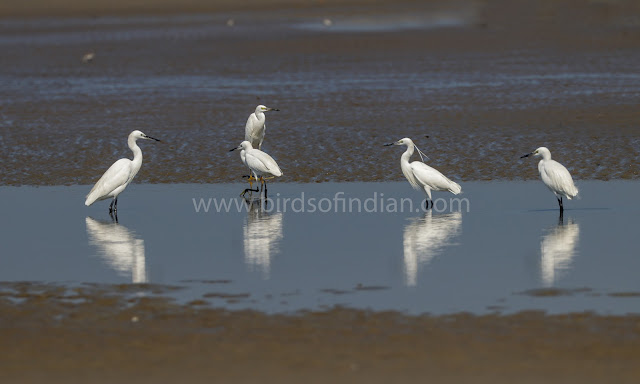Bharatpur Bird Sanctuary (Keoladeo National Park), Rajasthan:
A UNESCO World Heritage Site, Bharatpur is famous for its diverse birdlife, especially during the winter migratory season when thousands of birds, including Siberian Cranes, visit the park.
Sundarbans National Park, West Bengal:
The largest mangrove forest in the world, Sundarbans is home to numerous bird species, including the elusive Masked Finfoot, White-bellied Sea Eagle, and Mangrove Pitta.
Nal Sarovar Bird Sanctuary, Gujarat:
Situated near Ahmedabad, Nal Sarovar is a haven for waterbirds, especially during the winter months. Visitors can spot flamingos, pelicans, cranes, and various species of ducks.
Corbett National Park, Uttarakhand:
Known primarily for its tiger population, Corbett is also a great destination for birdwatching. It hosts over 600 bird species, including the majestic Great Hornbill, Collared Falconet, and Himalayan Rubythroat.
Chilika Lake, Odisha:
Asia's largest brackish water lagoon, Chilika Lake attracts a diverse range of bird species, both resident and migratory. Visitors can spot flamingos, pelicans, spoonbills, and various waterfowl.
Ranganathittu Bird Sanctuary, Karnataka:
Located near Mysore, Ranganathittu is a small but significant bird sanctuary. It is home to numerous bird species, including Painted Storks, Asian Openbills, and various species of herons and egrets.
Hemis National Park, Ladakh, Jammu and Kashmir:
Situated in the high-altitude region of Ladakh, Hemis is known for its unique birdlife, including the Snow Leopard and the Tibetan Snowcock. It's also home to high-altitude bird species like the Lammergeier and the Himalayan Griffon.
Thattekad Bird Sanctuary, Kerala:
Often referred to as the "Bird Paradise of Kerala," Thattekad is renowned for its rich avian diversity. Visitors can spot endemic species like the Malabar Grey Hornbill, Sri Lanka Frogmouth, and Indian Pitta.
Kaziranga National Park, Assam:
Famous for its population of Indian Rhinoceros, Kaziranga is also a birdwatcher's paradise. It hosts a wide array of bird species, including the endangered Greater Adjutant, Bengal Florican, and Pallas's Fish Eagle.
Pangot and Sattal, Uttarakhand:
These lesser-known destinations near Nainital offer excellent birdwatching opportunities in the Himalayan foothills. Visitors can spot a variety of Himalayan bird species, including Rufous-bellied Woodpecker, Long-tailed Broadbill, and Himalayan Bulbul.
These are just a few of the many great birdwatching spots in India. With its diverse habitats and rich birdlife, India is a paradise for birdwatchers of all levels.
Visit To Buy Our Wildlife Photos And Videos
To Sale Your Wildlife Photos And Videos

Comments
Post a Comment